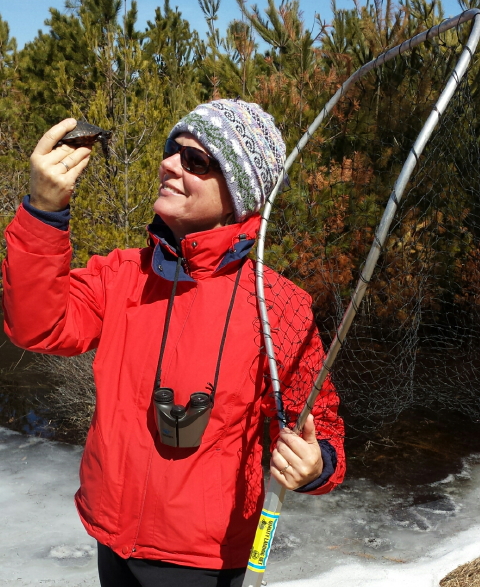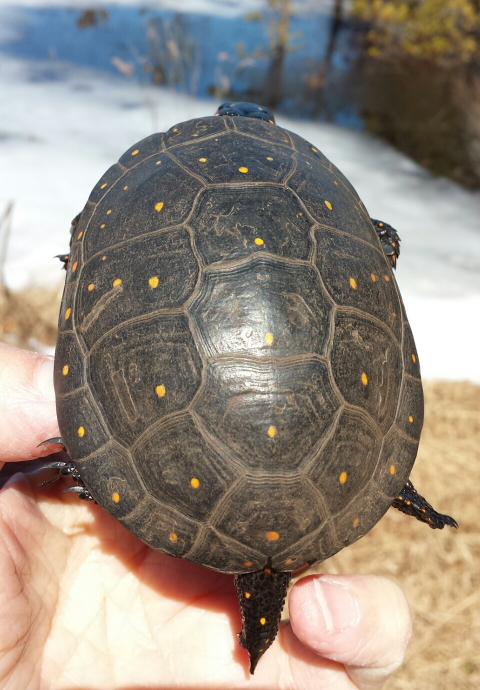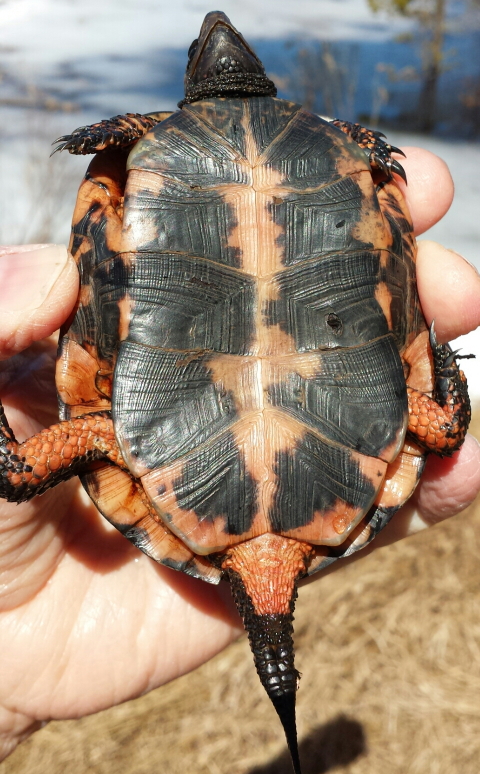Male Great Blue Heron (Ardea herodias) Brings Branch to Rebuild Destroyed Nest
A great blue heron pair flew back to the Marion rookery yesterday, April 11th. As we noted in earlier postings (See Great Blue Herons Return to Rookery), winter storms completely destroyed last year’s nests. So, this heron couple has begun to rebuild their nest from scratch. Â With the placement of each new twig and branch on the nest, they reinforce their loving bonds. Nest building is exquisite in the delicate beauty of its aerial ballet, and tender interactions between the heron pair are more than a little moving.
Montage of Great Blue  Heron Nesting Rebuilding
IF YOU HAVE AN iPAD & CAN’T SEE THE VIDEO, CLICK HERE.
We present the entire sequence in still imagery below. Â Each photograph can be clicked for a high resolution version. Â Enjoy!
Female Great Blue Heron Awaits Return of Male
Male Great Blue Heron Collects Branch for Nest Rebuilding
Male Great Blue Heron (Ardea herodias)
Male Great Blue Heron (Ardea herodias) Returns to Nest
Female Great Blue Heron Greets Returning Male
Male Great Blue Heron Returns to Nest with Branch
REBUILDING NEST, REINFORCING BONDS
Female (Left) and Male Great Blue Heron (Ardea herodias) Rebuild Storm Destroyed Nest
Each image can be clicked for a high resolution version in a new window.




































